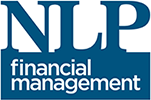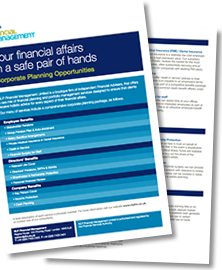
Please click the link below for our latest monthly figures for the five model portfolios. The figures show the performance of our model portfolios versus various indices over the month of May.
May 2019 Panel Performance Figures
Click here for further information on the investment management service we offer, or contact one of our consultants.

A number of our clients have contacted us for reassurance that they are not affected by the suspension of the high profile Fund Manager’s flagship fund, and we are pleased to be able to confirm that this fund is not included in any of our model portfolios.
The fund was suspended on 3 June following a raft of redemptions as investors lost patience with the fund’s under-performance and the managers found it difficult to sell enough of their holdings to repurchase units from clients.
Neil Woodford had built a reputation as a star manager when he ran a number of income funds for Invesco Perpetual in the early 2000s and earned further praise for how he guided his clients through the financial crisis in 2008, so that both retail and institutional investors followed him in large numbers when he left Invesco Perpetual to set up his own management company in 2014.
Despite his reputation for always being on the right side of markets, our biggest concern was the unlisted part of his portfolios. These are companies that are not listed on any major stock exchange and therefore can prove difficult to obtain accurate valuations on, as well as the possibility of it proving difficult to sell them when you wish to do so. His initial allocation to these companies was 5% but we became increasingly concerned when it grew to around 10% of the portfolio towards the end of 2015. Further concerns were raised when it became clear that the valuations of these holdings had not been reduced when the markets experienced a significant dip around that time.
Since early 2016 the Woodford fund has fallen in value by almost 15% whilst the UK Equity Income sector is up 28% over the same period. In terms of funds under management, Woodford had £10 billion of assets two years ago but had fallen to £3.7 billion today. This was clearly unsustainable and the inevitable has now happened.
Whilst we are pleased that our due diligence on the funds we hold in our portfolios means that we have avoided the direct problems with the Woodford funds, their announcement that they were suspending dealings raised concerns about liquidity across the market with the prices of some of the Woodford holdings being heavily marked down. This could impact the performance of other funds and we are closely monitoring any potential issues that could arise as a result.

Please click the link below for our latest monthly figures for the five model portfolios. The figures show the performance of our model portfolios versus various indices over the month of April.
April 2019 Panel Performance Figures
Click here for further information on the investment management service we offer, or contact one of our consultants.

Current pension rules limit the amount of tax relievable pension inputs that can be made into a pension scheme in each tax year. This is known as the Annual Allowance. Exceed this Allowance and you are likely to face a tax liability, known as the Annual Allowance Excess Charge.
Pension inputs can take the form of monetary contributions in money purchase schemes or the ‘deemed’ contribution, in the case of a defined benefit scheme. The Annual Allowance is made up of all pension inputs you, your employer and/or a third party make to your pension.
If your threshold income remains at £110,000 or lower, then you retain an Annual Allowance of £40,000 for that tax year.
Where threshold income is in excess of £110,000 and adjusted income rises above £150,000 in a tax year, you lose £1 of your Annual Allowance for every £2 of adjusted income. By the time your adjusted income reaches £210,000, your annual allowance will be tapered down to the minimum level of £10,000.
The Annual Allowance Excess Charge will only apply if, in addition to using all of your Annual Allowance in the current tax year, you have also exhausted your unused annual allowances from the previous three years. This is known as carry forward. If, however, having accounted for all carry forward, you still have an excess tax charge and it arises on a money purchase pension, then you have the option to ask the Scheme to pay some or all of the tax on your behalf, out of your accumulated fund. Simple. There are some restrictions around this, which may differ on a scheme by scheme basis. But what is the position for Defined Benefit schemes, where there is no fund to pay from?
If you are a member of a Defined Benefit pension, such as a “final salary scheme”, again you have the option to ask the Scheme to settle this tax charge via “Scheme Pays”. This gives you an alternative to paying the tax due from your already taxed income, but the trade-off is that your eventual pension is reduced in retirement. The Scheme has paid the tax on your behalf after all.
The way it works is complicated, but think of it as similar to a loan that sits alongside your pension. It will likely attract interest at a rate equivalent to the Consumer Price Index (CPI) or higher. This interest is accumulated year on year. It has no impact on the accruing pension, until you choose to retire and crystallise the pension. At that point, the initial loan – equivalent to the amount of tax paid by the scheme – plus the accrued interest, crystallises. The Scheme actuary will then apply a “Scheme Pays” commutation factor to this sum and reduce your pension accordingly. This can often be advantageous, particularly for larger pension pots, where there are likely to be dependents.
The calculations to determine whether the scheme pays option is good value are complicated and naturally we would recommend you seek our advice about whether it may be appropriate for you. Everyone’s situation is different and therefore we review your pension on an individual basis.
Threshold Income is defined as an individual’s total income minus allowable deductions such as member pension contributions.
Adjusted Income is defined as an individual’s total income, less allowable deductions, but plus the total pension inputs arising in the tax year.

Please click the link below for our latest monthly figures for the five model portfolios. The figures show the performance of our model portfolios versus various indices over the month of March.
March 2019 Panel Performance Figures
Click here for further information on the investment management service we offer, or contact one of our consultants.

After a busy few weeks for our advisers, Saturday 6 April marked the start of a new tax year.
Here are some of the key tax changes from a financial planning perspective:
- The personal allowance is now £12,500 per annum.
- The threshold at which higher-rate tax kicks in has also increased to £37,500.
- Therefore, the higher-rate tax band will apply once income exceeds £50,000 per annum.
- The annual capital gains tax exempt amount for individuals now stands at £12,000 per annum. Trusts get half this limit.
- The lifetime allowance limit has increased to £1,055,000. Pension savings above this limit will be subject to pension tax charges.
- The Junior Individual Savings Account limit has increased to £4,368 per annum.
An essential part of our service which our clients value is helping them stay on top of these changes and ensuring their affairs are managed as tax-efficiently as possible.
Looking at the changes, our view is that given the generous uplifts in thresholds from an income tax point of view, now may be the time to deliberately generate more income from portfolios and we will be considering such planning for our clients. This could be done by increasing income from taxable sources such as pensions and Investment Bonds.
At the same time, certain rules remain unchanged and require careful planning, such as
- The additional-rate threshold also stays unchanged at £150,000, bringing even more clients into the top tax rate of 45%.
- If your income exceeds £100,000 per annum, your personal allowance will reduce by £1 for every £2 of income above the £100,000 limit.
- The National Insurance contribution thresholds have been increased by nearly 8%, so the upper earnings limit for employees and the upper profits threshold for the self-employed is rising to £50,000.
- Individuals with earnings in excess of £110,000 gross per annum need to keep an eye on Tapering rules in terms of pension contributions.
It is never too early in the tax year to check and plan and we will be reviewing our clients’ affairs and considering suitable planning at regular reviews. However, please do not hesitate to get in touch if you would like a review now.

Please click the link here for our latest monthly figures for the five model portfolios. The figures show the performance of our model portfolios versus various indices over the month of February.
February 2019 Panel Performance Figures
Click here for further information on the investment management service we offer, or contact one of our consultants.

Please click the link here for our latest monthly figures for the five model portfolios. The figures show the performance of our model portfolios versus various indices over the month of January.
January 2019 Panel Performance Figures
Click here for further information on the investment management service we offer, or contact one of our consultants.

Please click the link here for our latest monthly figures for the five model portfolios. The figures show the performance of our model portfolios versus various indices over the month of December.
December 2018 Panel Performance Figures
Click here for further information on the investment management service we offer, or contact one of our consultants.


